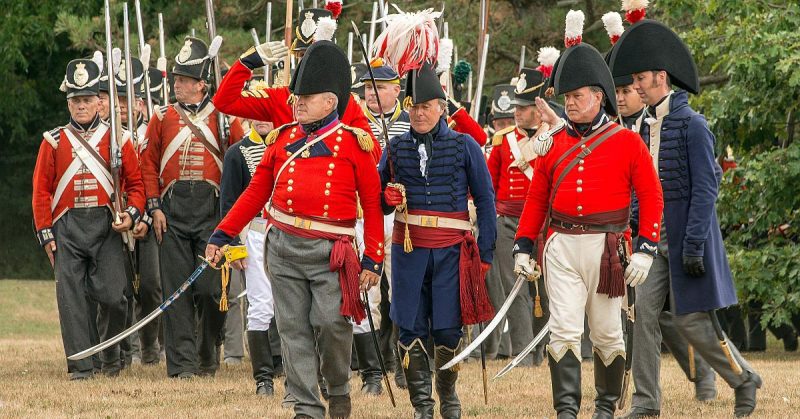The War of 1812 between the United States and Great Britain saw heavy fighting in the area of Northwest Ohio and Southeast Michigan along the Maumee River. Between the war and attacks by the Native American populations an entire settlement, Port Miami, was left deserted and forgotten. In 1977, archaeology students accidentally uncovered the ruins.
Research revealed a foundation of a 19th century home with homemade bricks used for the chimney. There were some small artifacts, but it was unknown if they were from the war or personal objects kept by the inhabitants.
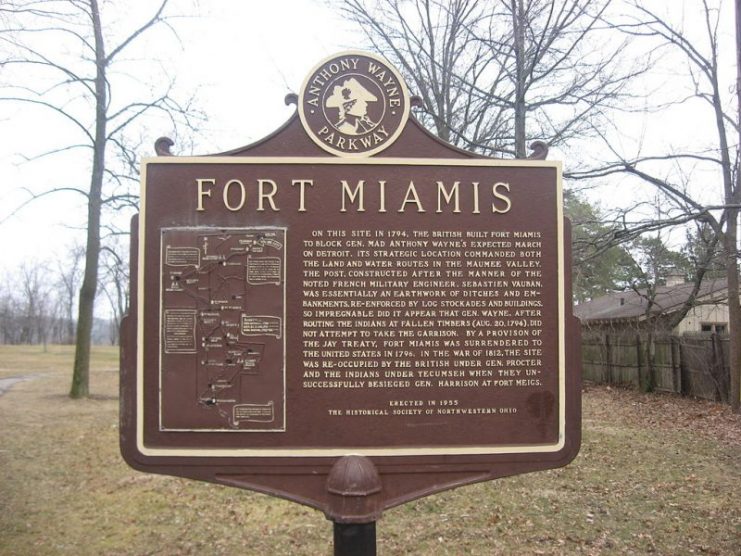
When a few coins were found, the landowner decided to put a halt to the excavation thinking he had treasure on his land and wanting to recover it himself.
After a few swipes of a backhoe by the land owner with no luck at finding treasure, the land sat for another thirty-two years with no activity.
The War of 1812
Although America gained her independence at the close of the Revolutionary War, the British were still determined to keep their influence in the colonies. Most of the local Indian tribes joined with the British thinking if they came out on top it would stop the continued migration of Europeans to the area taking their land.
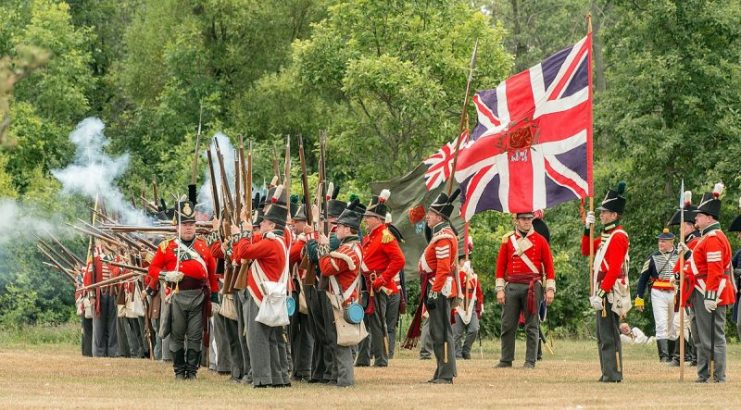
Tecumseh, the legendary Shawnee chief, had spent years attempting to unify the tribes east of the Mississippi to give them strength in numbers against the invading Europeans, but he could never bring them all together to achieve his grand dream.
It was still early in the history of America, and the expansion westward had barely gone west of Illinois. The Indian Nations had no idea what was still to come.

Fort Meigs was built in 1813 as a response to British attacks along the Maumee River in Ohio just in time to attempt to repel a British siege led by General Henry Proctor at the end of April of that year.
This followed the surrender of Detroit in August of the previous year. Over six hundred men – Americans, Canadians (who were still under British rule), British, and Native Americans – were lost on May 5, 1813, before the British forces retreated.
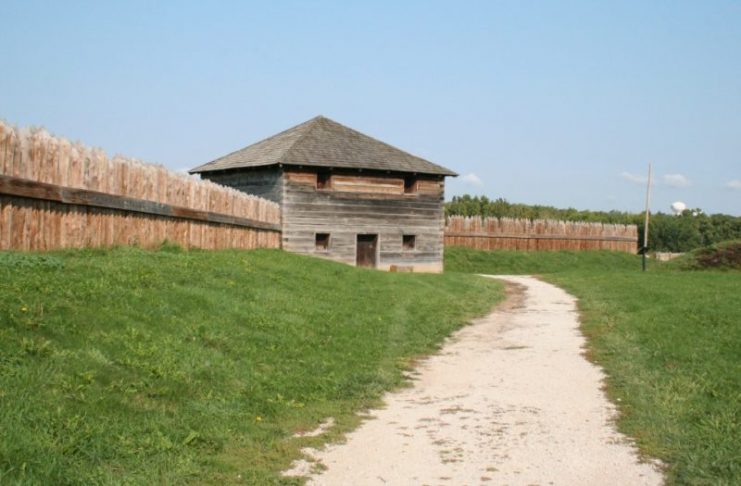
More research was begun near the bi-centennial of the War of 1812 and information from Fort Meigs was investigated since it was the site of two sieges during the war.
Occupants of Fort Meigs had noted in their diaries and reports that there were remains of a settlement on the western side of the river across from the fort, but no one knew how old it was or why it had been abandoned.
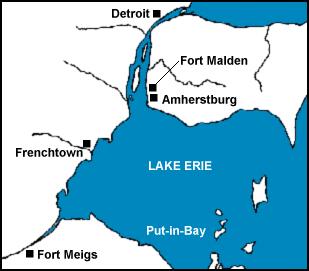
This then led to the 1977 findings which were brought out of storage and dusted off. Further research into the abandoned settlement revealed much more than what was expected about the Port Miami settlement and its abandonment near the time of the war.
The settlement had been called Fort Miami and at one time was a thriving farming community of about 70 families and nearly 300 residents. It was located between Fort Meigs and Detroit.
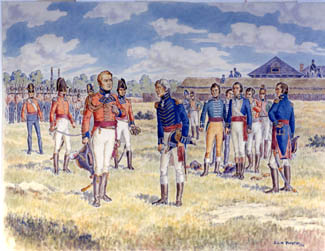
The foundation was on property owned by Amos and Olive Spafford and their son, Aurora. Amos died in 1817 and Olive in 1823. Amos Stafford had been a customs collector and lived in the settlement of Port Miami.
He had a collection of unusual objects and researchers were unable to tell which artifacts were used in daily life and which were part of Amos’ collection, such as coins dated from the mid-1700s. It was initially believed that the Spaffords had occupied the house before the War of 1812, but in fact, the Spaffords had lived on the property before and after the war.
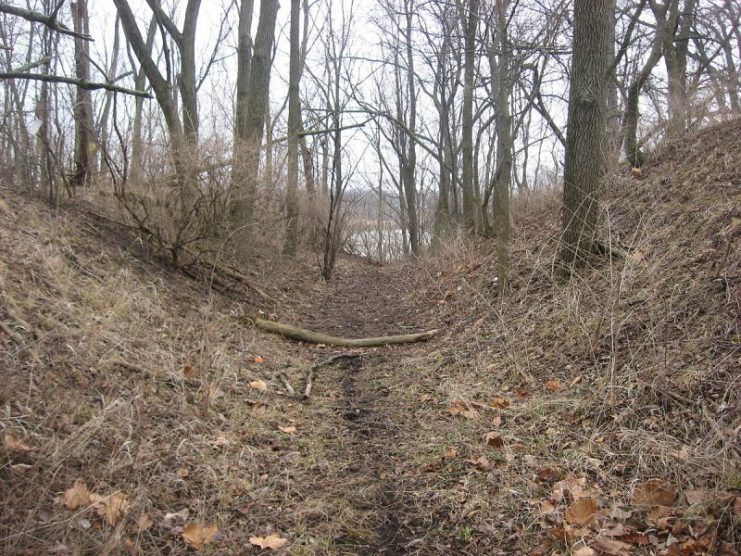
A legal document was discovered showing that in 1811 Spafford had petitioned for the right of pre-emption to purchase his land. Because of the impending war, his request was not addressed. In 1812, the document came up for review, but by then the Spaffords and other families had left Port Miami for the Ohio interior.
The fear of Indian massacres was on the settlers’ minds and with good reason. The town was torched by the Indians, with Tecumseh personally setting fire to the stockade. Everything left of any value was then seized by the British.
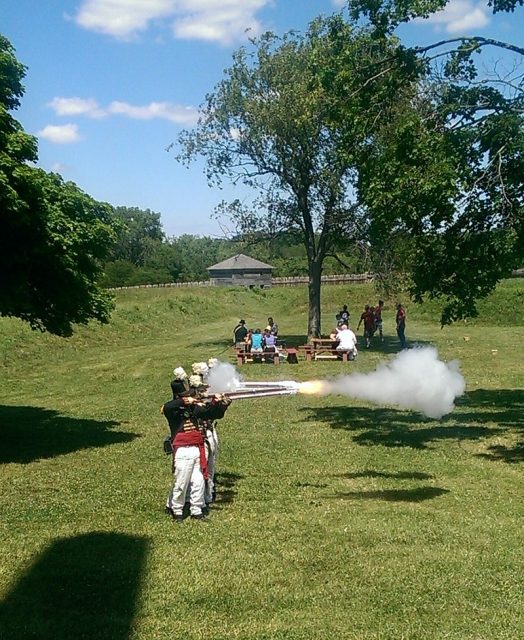
The Spaffords and other residents had fled in front of the approaching British and Native American tribes led by Tecumseh, but had returned after the war and rebuilt their house. Spafford, who had been the first customs collector and inspector of revenue in the region, had put quite a bit of money into his home, and the Congressional committee agreed and allowed him to keep the land.
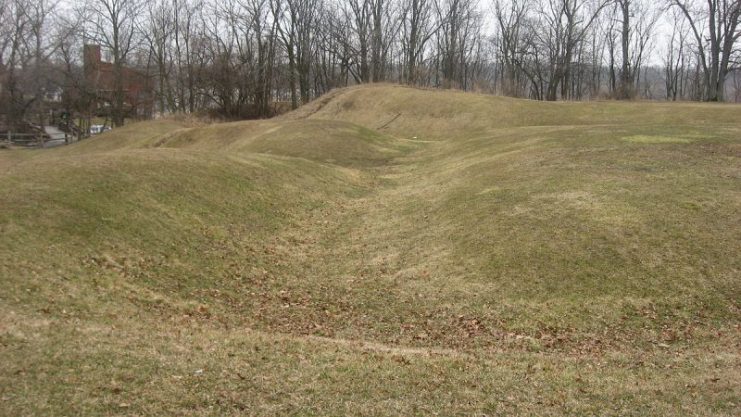
As it turned out, the foundations discovered were not the Spafford’s original house but one that had been built when he returned after the end of the war. After Spafford’s death, his widow and son resided in the house until her death in 1823.
Another family moved in but abandoned the house when a flood destroyed it in 1858. Eventually, over the years the silt from the banks of the Maumee covered the old settlement, and it was forgotten until its recent rediscovery.
